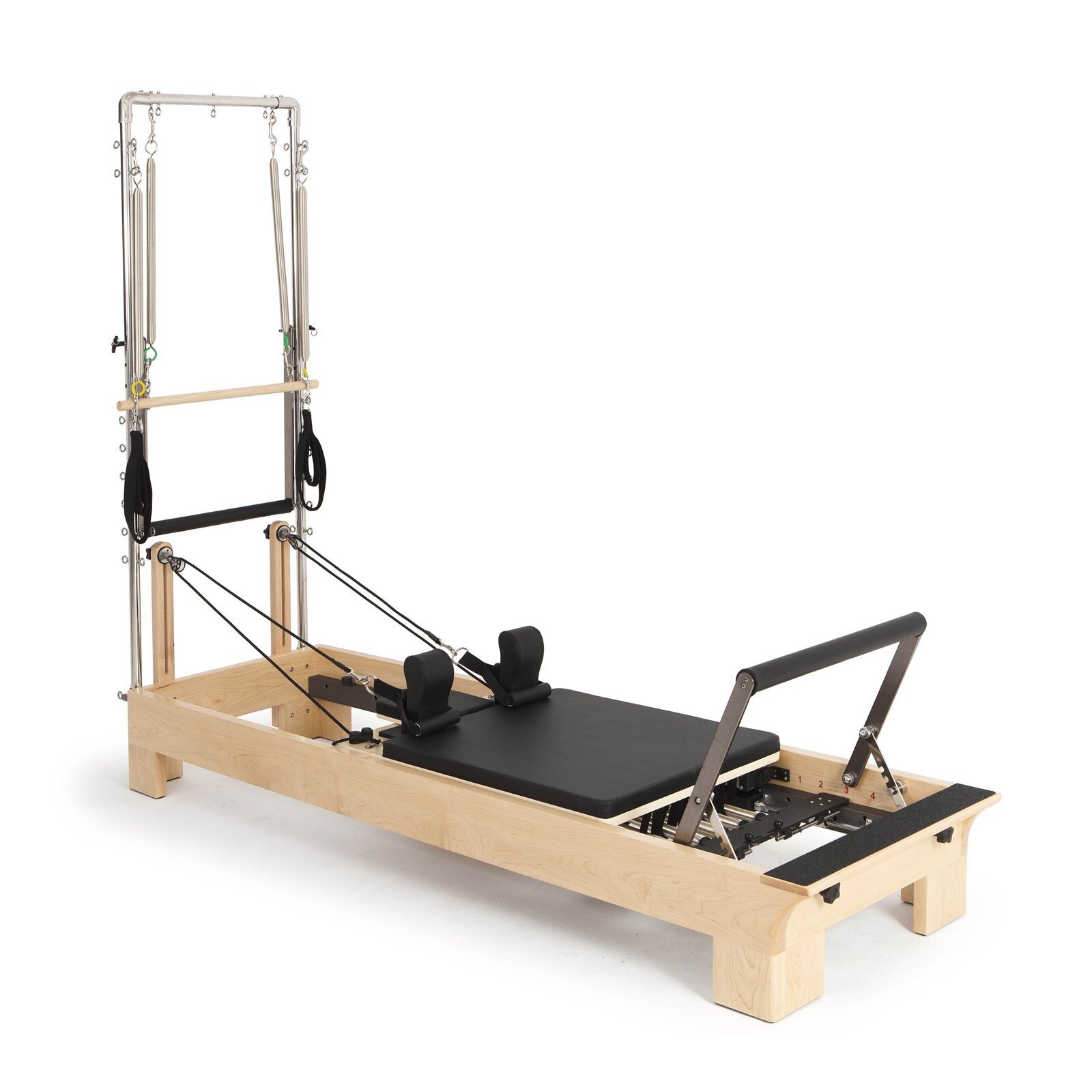Pilates is a low impact form of exercise that focuses on engaging your core to improve postural alignment, strength, flexibility and mind-body movement awareness.
Pilates was created by a man named Joseph Pilates who was born in Germany in 1883. Joseph studied yoga, meditation, circus arts, boxing and gymnastics and enjoyed a healthy active lifestyle. He moved to England before the start of World War 1, but was interned with other German citizens when war broke out. During his internment he worked with soldiers and detainees in the hospitals. He began to notice a trend that soldiers who exercised, even if in bed, did not get influenza as often. This bias began to set up the idea for Pilates, and he began attaching springs to patients beds to provide resistance training to exercise them.
After the war he returned to Germany, and eventually emigrated to the United States and set up Joe’s Place, a gym, in New York. He continued to refine his idea of Pilates and began teaching others his new concept. Thus the Reformer (picture 1) and Cadillac (picture 2) were born, based off a concept of a bed you could exercise on.
Classical Pilates follows a rigid flow based on the growth and development of babies. Movements begin with flexion based posture, then move to extension based posture and then add combinations of the two postures. Joseph Pilates trainees began to refine that rigid structure and branch out to provide movements that better fit the clientele they were working with. Pilates continues to evolve to this day.
Who is Pilates good for?
Pilates is good for anyone looking to improve their breathing, trunk control, core activation, posture, body awareness and the knowledge of how to move within their own body. It can be good for healthy persons, persons looking for injury prevention, persons looking to recover from injury and persons looking for continued strength to reduce the instance of re-injury.



